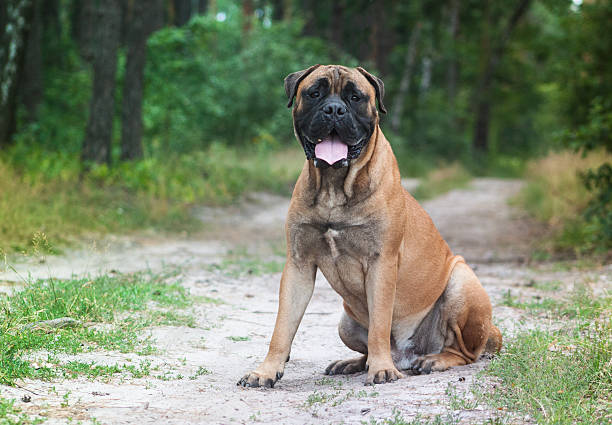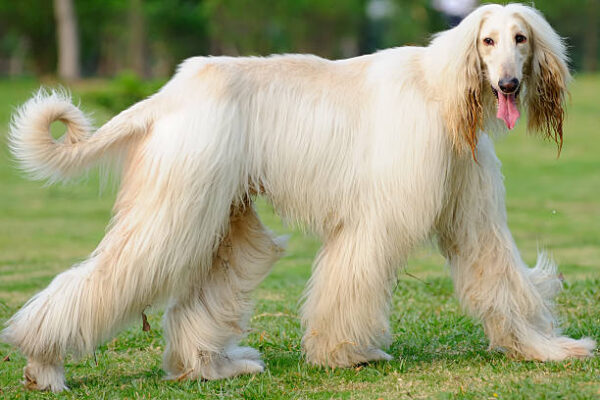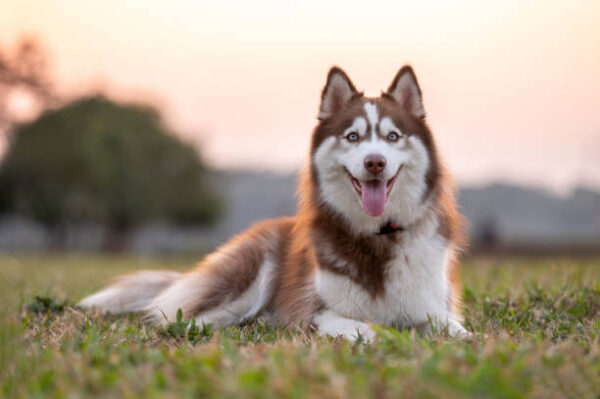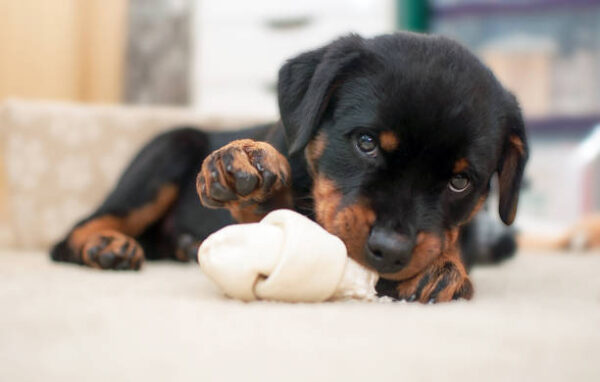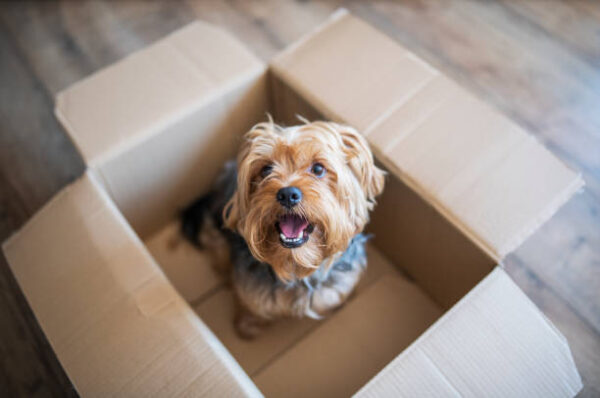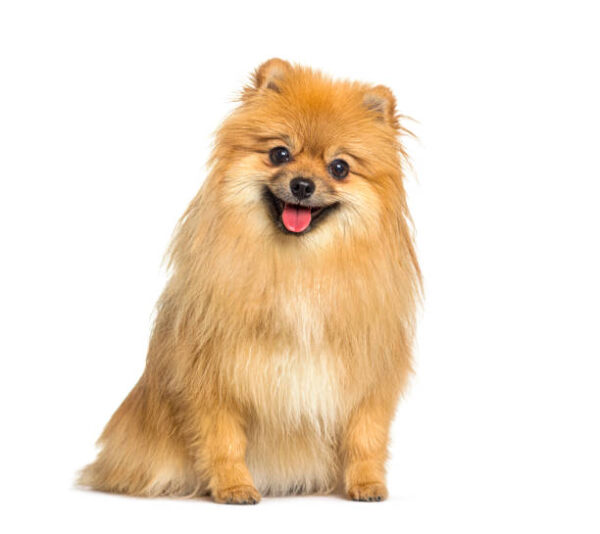Your cart is currently empty!
Bullmastiff
Bullmastiff Bullmastiff: This old English breed was developed as a guard dog in the 19th century to assist gamekeepers in their attempts to thwart poachers. The Bulldog and the Old English Mastiff are the ancestors of this breed, a combination designed to give the breed forbidding size and a courageous temperament. The Bullmastiff certainly possesses […]
Description
Bullmastiff
Bullmastiff: This old English breed was developed as a guard dog in the 19th century to assist gamekeepers in their attempts to thwart poachers. The Bulldog and the Old English Mastiff are the ancestors of this breed, a combination designed to give the breed forbidding size and a courageous temperament.
The Bullmastiff certainly possesses these qualities, combined with sufficient athleticism to chase away any intruder. In the early days the gamekeeper preferred brindle dogs for camouflage when working at night but the fawn, often with a black mask, is now more numerous.
General appearance of Bullmastiff
Powerful build, symmetrical, showing great strength, but not cumbersome; sound and active.
Characteristics
Powerful, enduring, active and reliable.
Temperament
High-spirited, alert and faithful.
Head and skull
Skull large and square, viewed from every angle, fair wrinkle when interested, but not when in repose. Skull broad and deep with well-filled cheeks. Pronounced stop. Muzzle short; distance from tip of nose to stop approximately one-third of length from tip of nose to centre of occiput, broad under eyes and sustaining nearly same width to end of nose; blunt and cut off square, forming right angle with upper line of face, and at same time proportionate with skull. Under-jaw broad to end. Nose broad with widely spreading nostrils; flat, neither pointed nor turned up in profile. Flews not pendulous, never hanging below level of lower jaw.
Eyes
Dark or hazel, of medium size, set apart the width of muzzle with furrow between. Light or yellow eyes highly undesirable.
Ears
V-shaped, folded forward, set on wide and high, level of occiput giving square appearance to skull which is most important. Small and deeper in colour than body. Point of ear level with eye when alert. Rose ears highly undesirable.
Mouth
Level desired but slightly undershot allowed but not preferred. Canine teeth large and set wide apart, other teeth strong, even and well placed.
Neck
Well arched, moderate length, very muscular and almost equal to skull in circumference.
Forequarters
Chest, wide and deep, well let down between forelegs, with deep brisket. Shoulders muscular, sloping and powerful, not overloaded. Forelegs powerful and straight, well boned, set wide apart, presenting a straight front. Pasterns straight and strong.
Body
Back short and straight, giving compact carriage, but not so short as to interfere with activity. Roach and sway backs highly undesirable.
Hindquarters
Loins wide and muscular with fair depth of flank. Hindlegs strong and muscular, with well-developed second thighs, denoting power and activity, not cumbersome. Hocks moderately bent. Cowhocks highly undesirable.
Feet
Well arched, cat-like, with rounded toes, pads hard. Dark toenails desirable. Splayed feet highly undesirable.
Tail
Set high, strong at root and tapering, reaching to hocks, carried straight or curved, but not hound-fashion. Crank tails highly undesirable.
Gait/movement
Movement indicates power and sense of purpose. When moving straight neither front nor hindlegs should cross or plait, right front and left rear leg rising and falling at same time. A firm backline unimpaired by powerful thrust from hindlegs denoting a balanced and harmonious movement.
Coat
Short and hard, weather resistant, lying flat to body. Long, silky or woolly coats highly undesirable.
Colour
Any shade of brindle, fawn or red; colour to be pure and clear. A slight white marking on chest permissible. Other white markings undesirable. Black muzzle essential, toning off towards eyes, with dark markings around eyes contributing to expression.
Size
Height at shoulder: dogs: 64-69 cms (25-27 ins); bitches 61-66 cm (24-26 ins). Weight: dogs: 50-59 kgs (110-130 lbs); bitches: 41-50 kgs (90-110 lbs).
Faults
Any departure from the foregoing points should be considered a fault and the seriousness with which the fault should be regarded should be in exact proportion to its degree and its effect upon the health and welfare of the dog and on the dogs ability to perform its traditional work.
Note
Male animals should have two apparently normal testicles fully descended into the scrotum.
